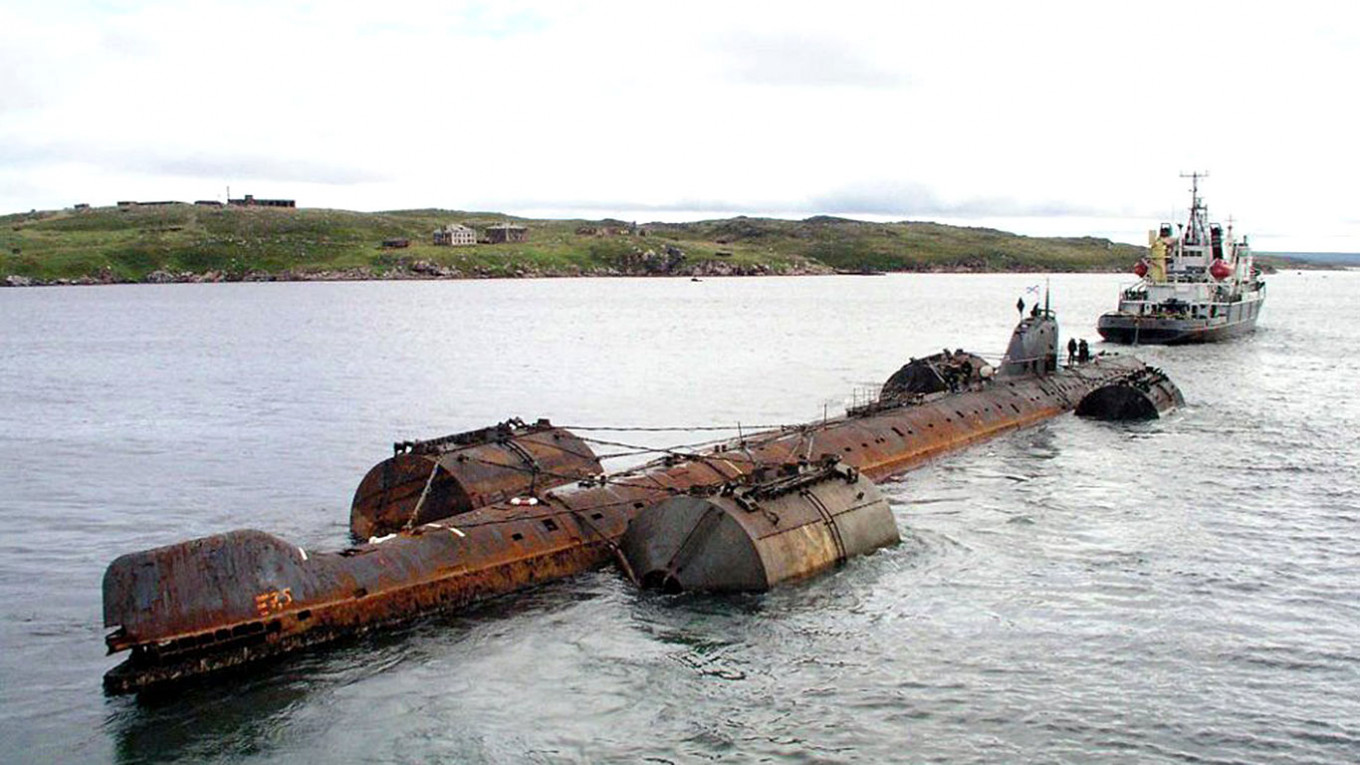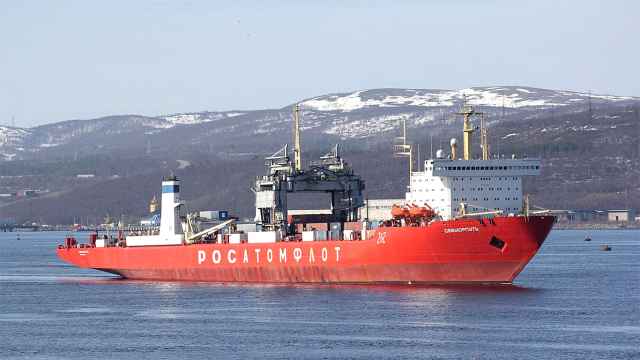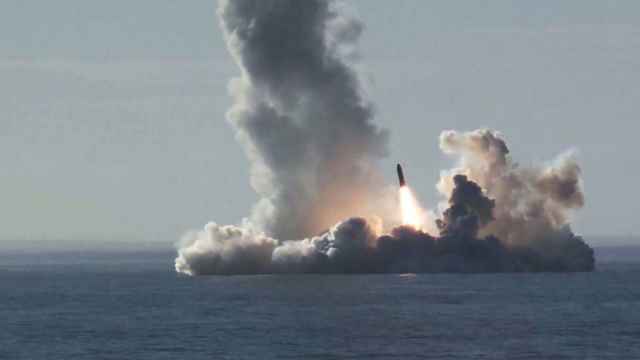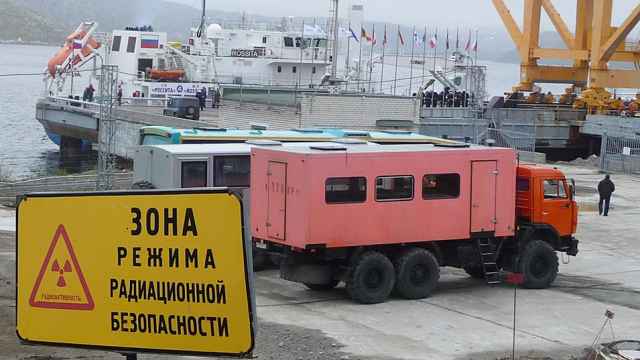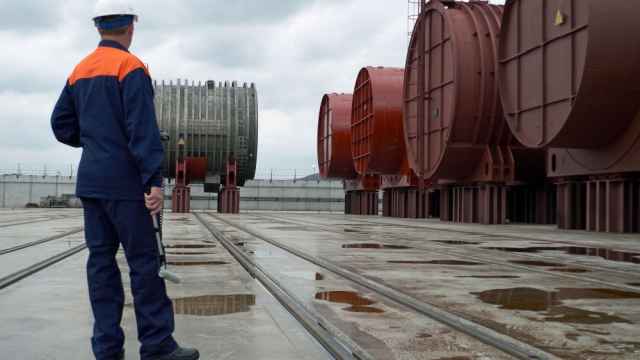The November-class K-159 submarine sank in late August 2003 while being towed in bad weather from the closed naval base of Gremikha on the eastern shores of the Kola Peninsula toward the Nerpa shipyard north of Murmansk.
Researchers have monitored the wreck ever since, fearing leakages of radioactivity from the two old nuclear reactors onboard could contaminate the important fishing grounds in the Barents Sea. A joint Norwegian-Russian expedition examined the site in 2014 and concluded that no leakage has so far occurred from the reactors to the surrounding marine environment.
However, the bad shape of the hull could eventually lead to radionuclide leakages. A modeling study by the Norwegian Institute of Marine Research said that a pulse discharge of the entire Caesium-137 inventory from the two reactors could increase concentrations in cod in the eastern part of the Barents Sea up to 100 times current levels for a two-year period after the discharge. While a Cs-137 increase of 100 times in cod sounds dramatic, the levels would still be below international guidelines, but tell that to the market buying the fish.
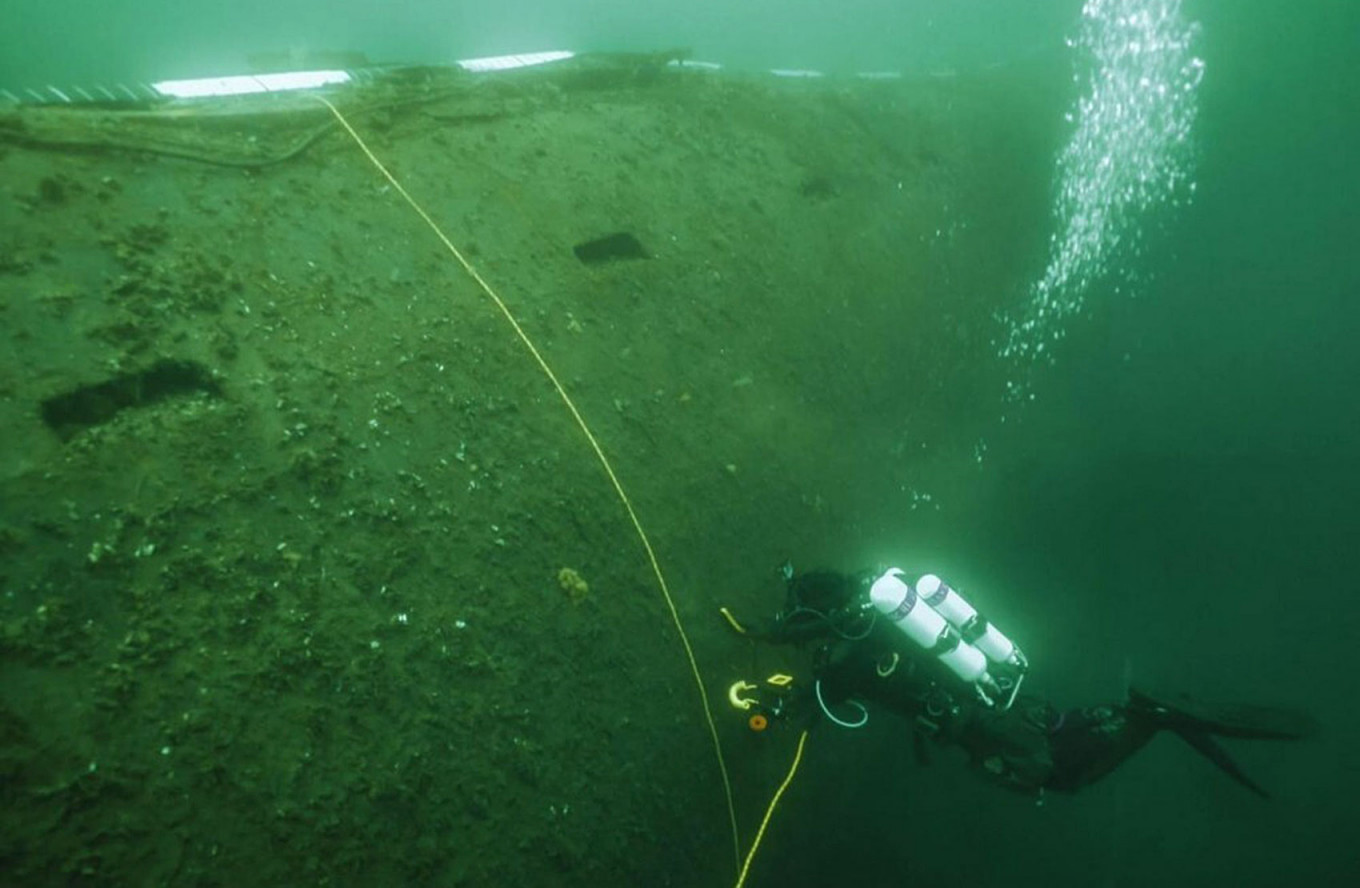
Now, Russia’s nuclear corporation Rosatom has announced the date for lifting the K-159 to 2030.
“As indicated in the strategy for the development of the Arctic, 2030, not earlier,” Anatoly Grigoriev, head of Rosatom’s international technical assistance project, told Interfax.
Grigoriev said Atomflot, the state operator of civilian nuclear-powered icebreakers whose technical base is just north of Murmansk, could become the contractor for the lifting.
The Rosatom official added that the K-27, a submarine dumped in the Kara Sea in 1982, is also included on the list of nuclear objects on the Arctic seabed to be salvaged by 2030.
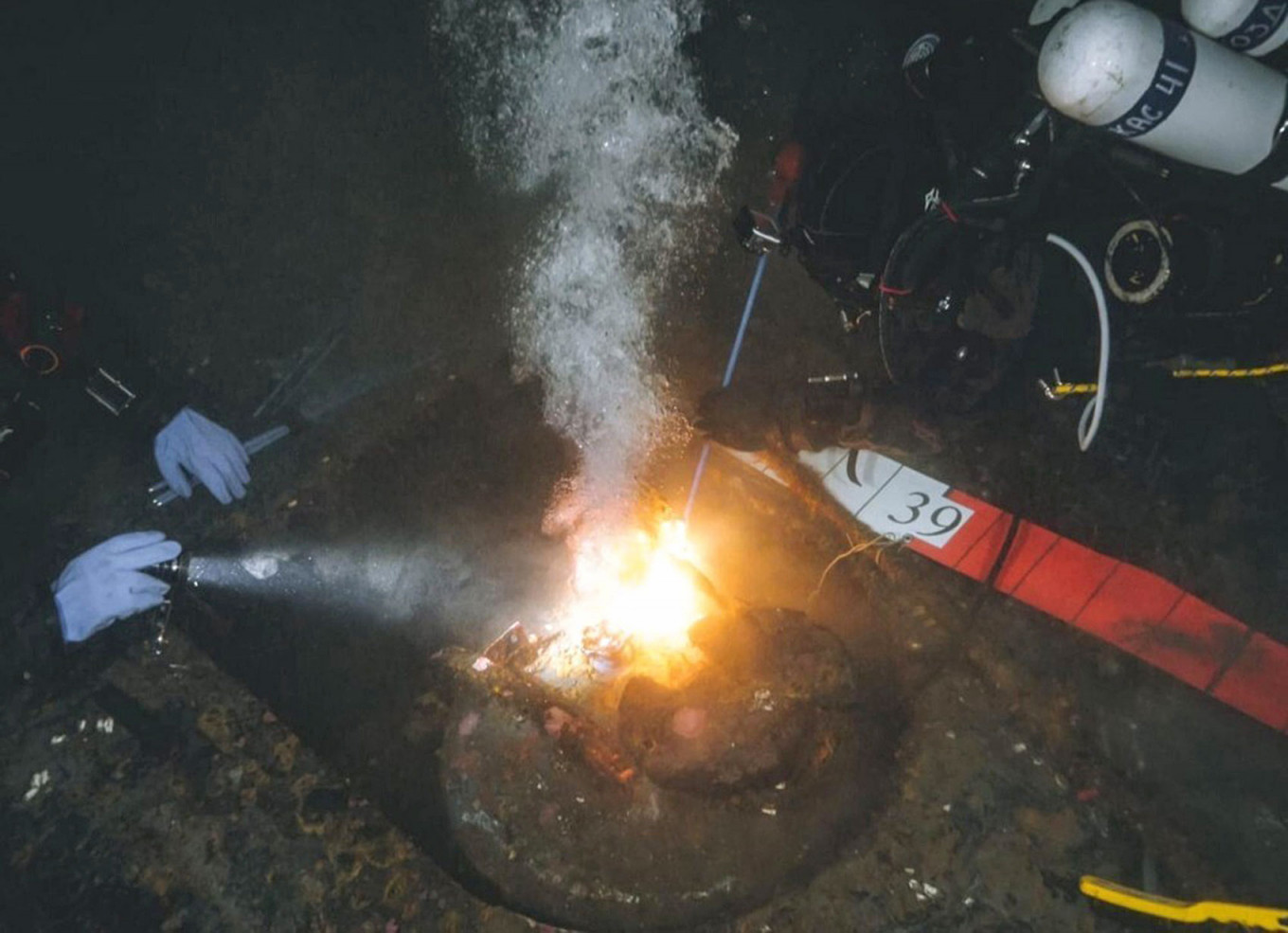
The submarine was dumped at a depth of 33 meters in the Stepovogo fjord on the eastern shores of Novaya Zemlya.
Last month, divers from the Center for Underwater Research of the Russian Geographical Society conducted a survey of the submarine’s hull. Metal pieces were cut free and the thickness of the hull was measured, along with other inspections of the submarine that has been corroding on the seabed for nearly 40 years.
Based on the examination, a detailed plan will be worked out on how to conduct the salvage with destabilizing the uranium fuel in the reactors in such a way that a new chain reactor could be restarted with a worst-case scenario of triggering direct contact between the uranium fuel and seawater.
A Message from The Moscow Times:
Dear readers,
We are facing unprecedented challenges. Russia's Prosecutor General's Office has designated The Moscow Times as an "undesirable" organization, criminalizing our work and putting our staff at risk of prosecution. This follows our earlier unjust labeling as a "foreign agent."
These actions are direct attempts to silence independent journalism in Russia. The authorities claim our work "discredits the decisions of the Russian leadership." We see things differently: we strive to provide accurate, unbiased reporting on Russia.
We, the journalists of The Moscow Times, refuse to be silenced. But to continue our work, we need your help.
Your support, no matter how small, makes a world of difference. If you can, please support us monthly starting from just $2. It's quick to set up, and every contribution makes a significant impact.
By supporting The Moscow Times, you're defending open, independent journalism in the face of repression. Thank you for standing with us.
Remind me later.


